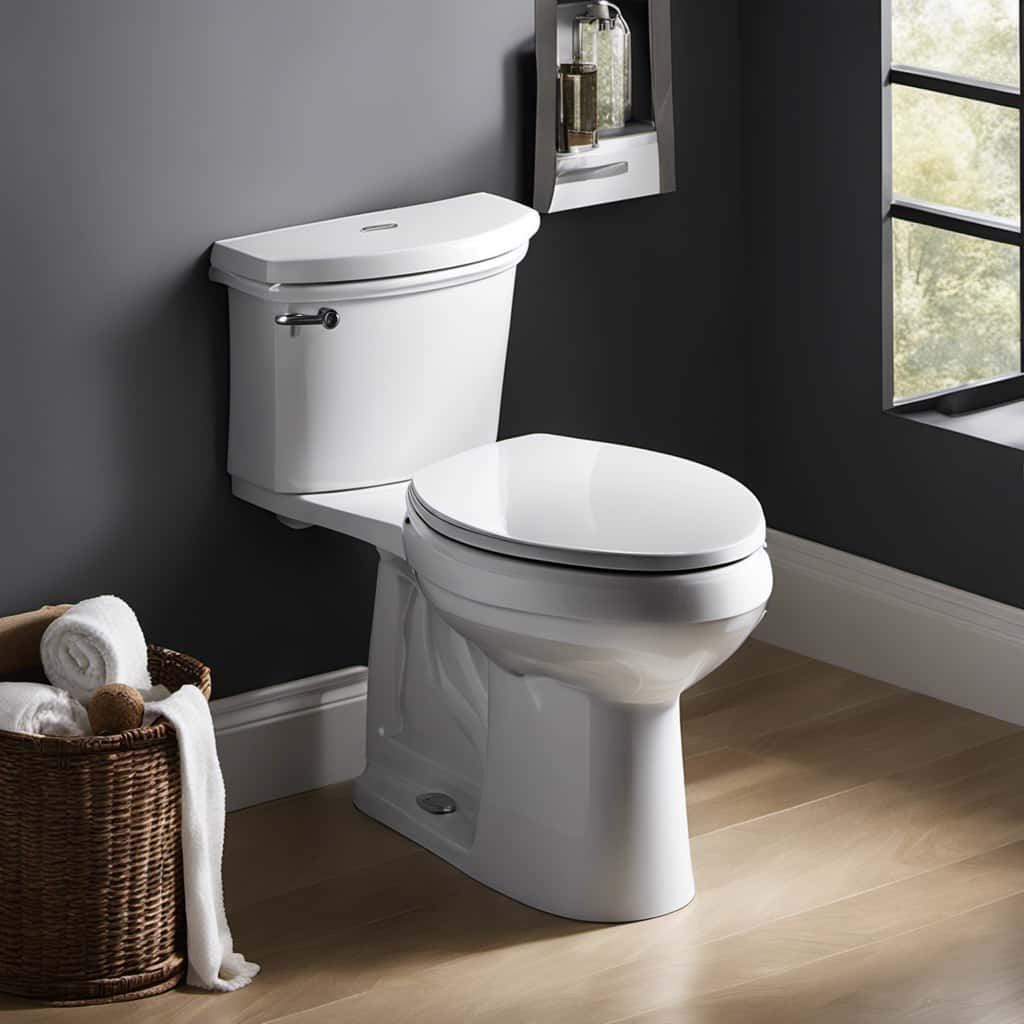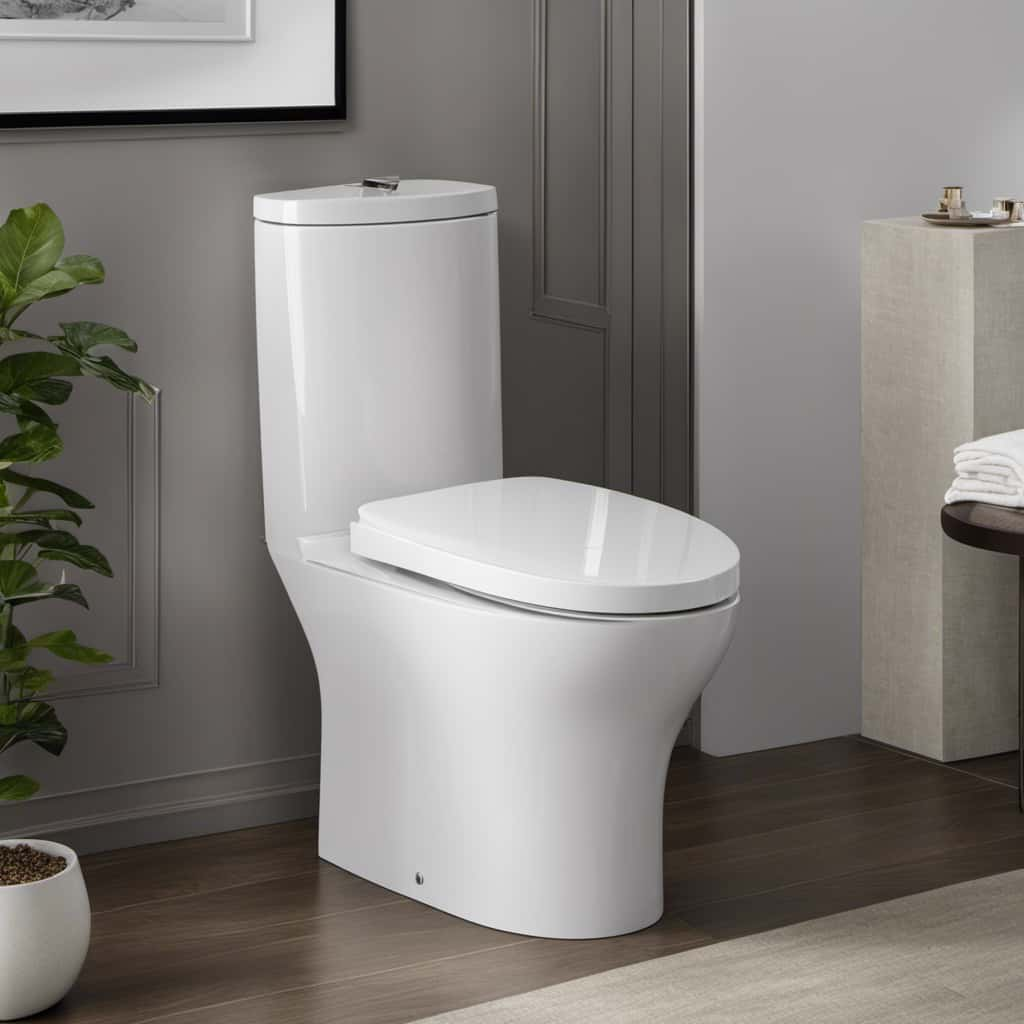Are you fed up with a stubborn toilet that won’t flush? Don’t worry! We have the solution you’ve been looking for.
In this article, we will guide you through the steps to make your toilet flush like a dream. From checking for clogs to adjusting the water level and cleaning the bowl, we’ve got you covered.
So grab your tools and get ready to become a master of toilet flushing!
Key Takeaways
- Use a plunger to check for visible obstructions in the drain.
- Adjust the water level in the toilet tank to ensure proper flushing.
- Clean the toilet bowl and jets regularly to maintain a clear pathway for water flow.
- Replace the flapper or flush valve to repair leaks and ensure proper flushing.
Check for a Clogged Toilet Drain
To check for a clogged toilet drain, we need to use a plunger.
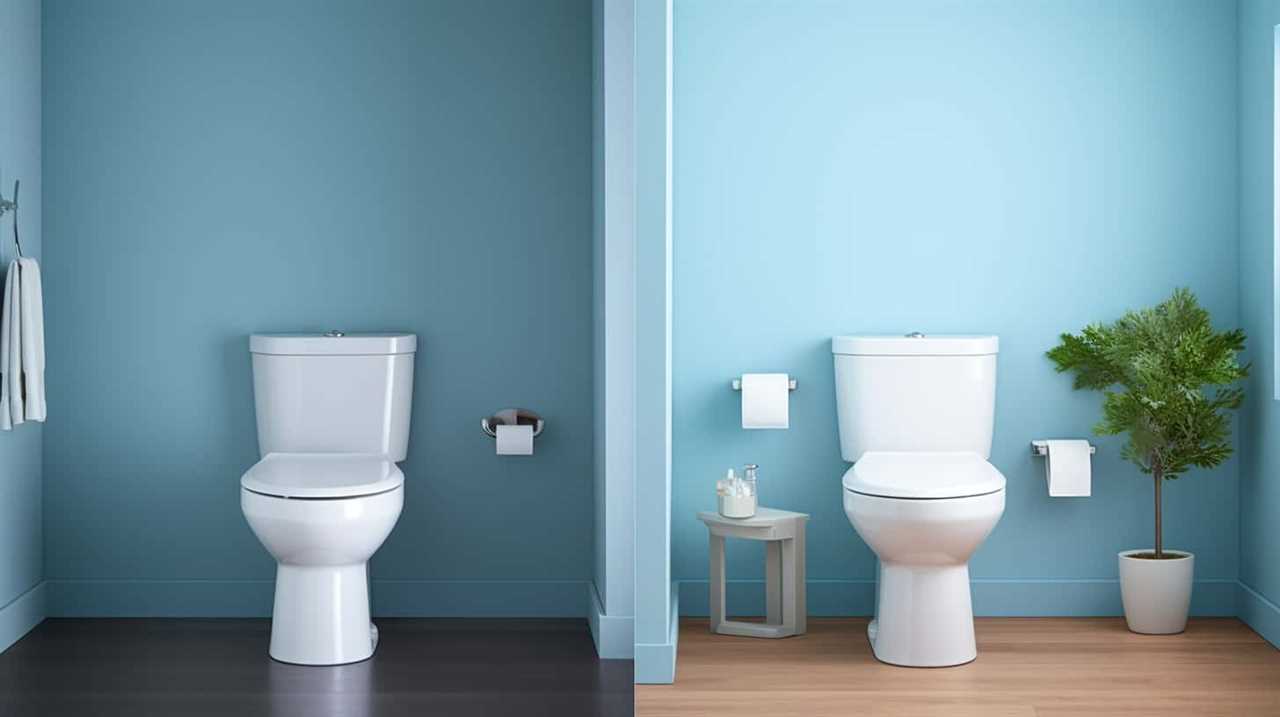
Begin by inspecting the drain for any visible obstructions, such as toilet paper or foreign objects. If no blockage is apparent, proceed with the unclogging techniques discussion.
Firstly, ensure the plunger’s rubber cup is submerged in water to create a seal. Then, place the plunger over the drain hole and firmly push down, followed by pulling up in a rapid motion. Repeat this process several times to dislodge the clog.
If the clog persists, consider using a toilet auger or a chemical drain cleaner specifically designed for toilets. Remember to always follow the manufacturer’s instructions when using any chemicals.
Once the clog is cleared, we can move on to adjusting the water level in the toilet tank.
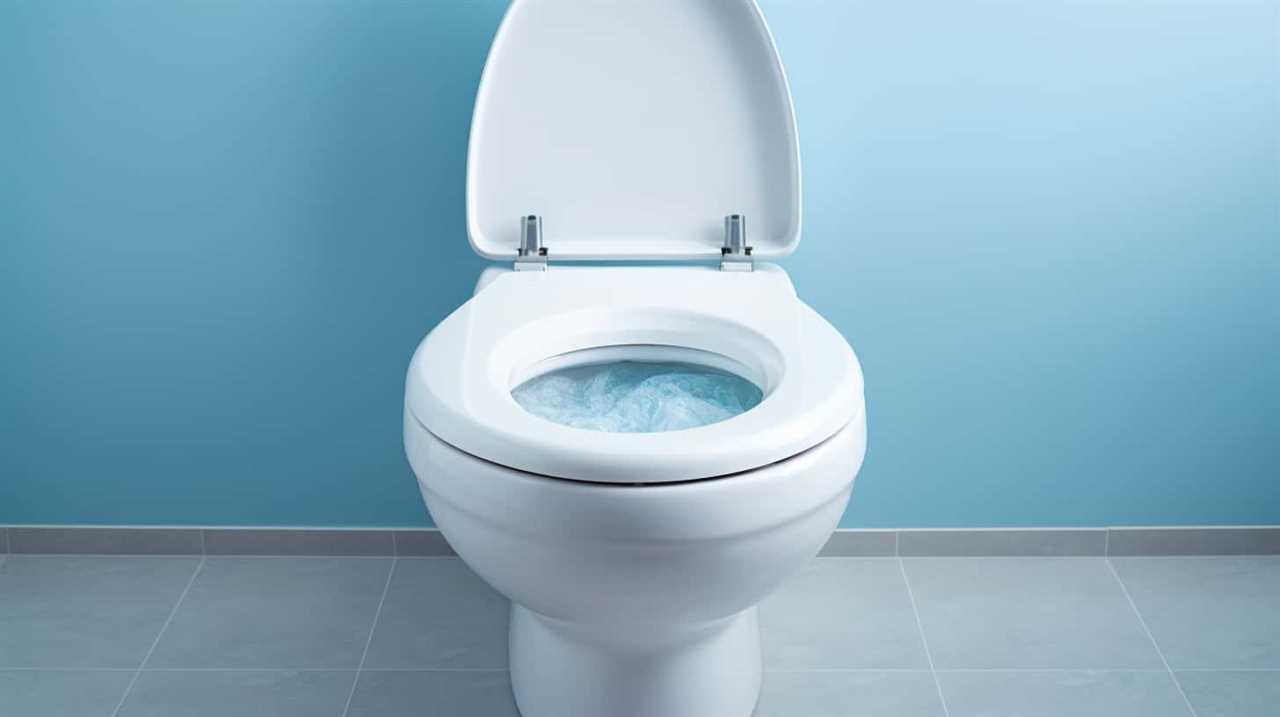
Adjust the Water Level in the Toilet Tank
After clearing the clogged toilet drain using the techniques discussed earlier, we can now move on to adjusting the water level in the toilet tank. Proper water level in the tank is essential for efficient flushing and water conservation.
Here are some steps to adjust the water level:
- Locate the water level adjustment screw or valve on the fill valve assembly.
- Turn the screw or valve clockwise to lower the water level and counterclockwise to raise it.
- Flush the toilet and observe the water level. Adjust as needed until it reaches the desired level, usually about 1 inch below the top of the overflow tube.
- Test the flush to ensure proper water flow and refill.
Clean the Toilet Bowl and Jets
We can now move on to cleaning the toilet bowl and jets to ensure optimal flushing performance. Regular toilet bowl maintenance is essential to keep your toilet functioning properly. Over time, mineral deposits can build up in the toilet bowl and jets, causing clogs and reducing flushing power.
To remove these deposits, start by wearing gloves and using a toilet bowl cleaner specifically designed to dissolve mineral buildup. Apply the cleaner to the inside of the bowl and let it sit for the recommended amount of time. Use a toilet brush to scrub the bowl thoroughly, paying close attention to the jets. Rinse the bowl and jets with clean water to remove any residue.
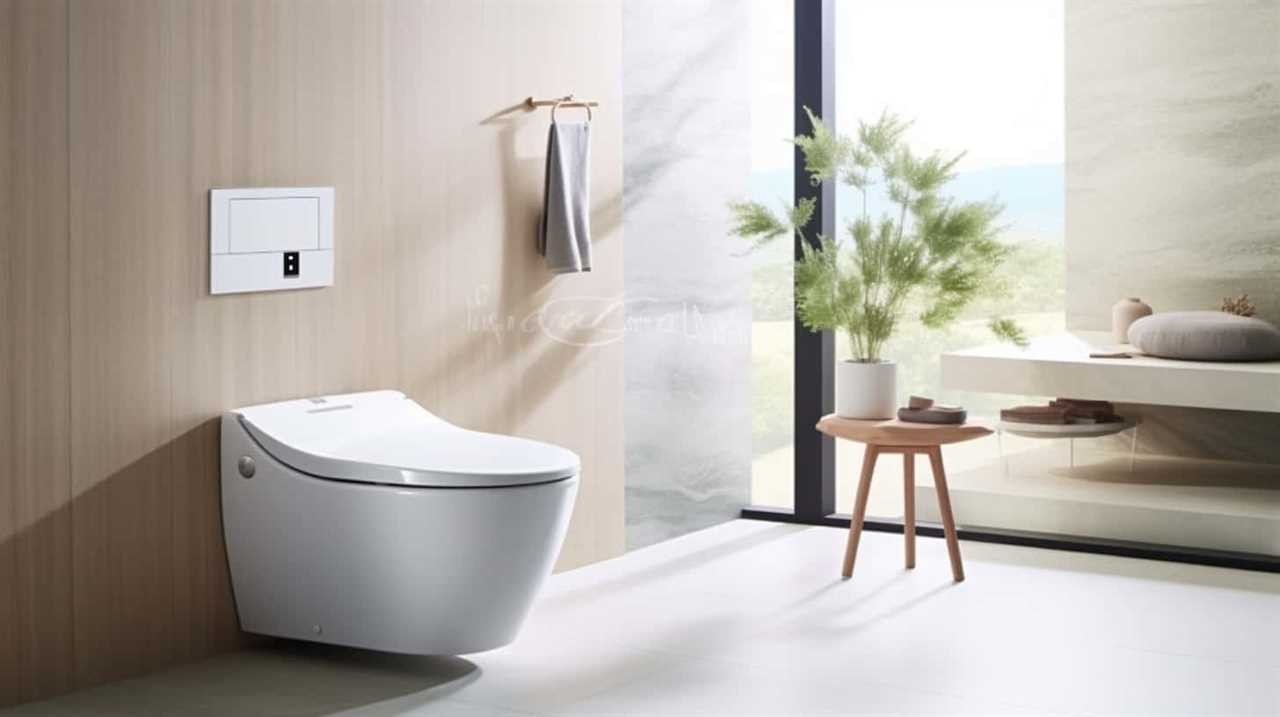
Cleaning your toilet bowl and jets regularly will help maintain a clear pathway for water to flow, ensuring strong and efficient flushes.
Now, let’s move on to the next step of toilet maintenance, which is replacing the flapper or flush valve.
Replace the Flapper or Flush Valve
To ensure optimal flushing performance, it’s important to regularly replace the flapper or flush valve in your toilet. Over time, these components can wear out and cause issues with your toilet’s functionality. Here are a few steps to help you replace the flapper or flush valve and troubleshoot common toilet problems:
- Turn off the water supply: Locate the shut-off valve near the base of your toilet and turn it clockwise to stop the water flow.
- Remove the tank lid: Lift the lid off the tank and set it aside in a safe place.
- Identify the flapper or flush valve: The flapper is a rubber component that seals the tank and allows water to flow into the bowl. The flush valve, on the other hand, is the mechanism that releases water from the tank into the bowl.
- Replace the flapper or flush valve: Disconnect the old flapper or flush valve and install the new one according to the manufacturer’s instructions.
By replacing the flapper or flush valve, you can effectively repair toilet leaks and ensure that your toilet flushes properly.
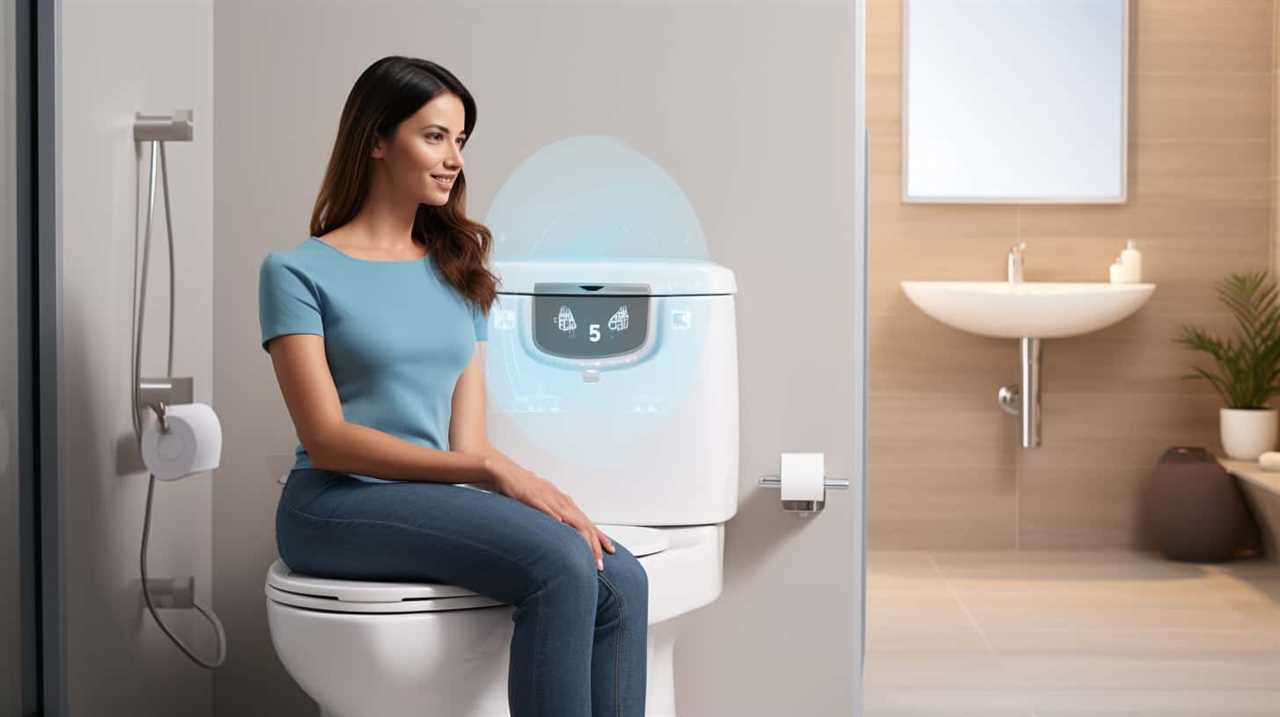
Now, let’s move on to the next section, which discusses how to use a plunger or toilet auger to unclog the toilet.
Use a Plunger or Toilet Auger to Unclog the Toilet
To effectively unclog the toilet, we can use either a plunger or a toilet auger. A plunger is a common tool used for toilet maintenance and can often solve common toilet flushing problems. It works by creating a vacuum seal and using pressure to dislodge the clog. A toilet auger, on the other hand, is a more specialized tool that can be used for tougher clogs. It has a long, flexible cable that can reach deep into the toilet drain and break up the blockage.
Here is a comparison table to help you understand the differences between a plunger and a toilet auger:
| Plunger | Toilet Auger |
|---|---|
| Commonly used for minor clogs | Suitable for tougher clogs |
| Creates a vacuum seal | Uses a flexible cable |
| Requires manual effort | Requires less physical effort |
| Inexpensive and easy to use | More expensive and may require some practice |
Frequently Asked Questions
How Do I Fix a Leaking Toilet?
To fix a leaking toilet, we recommend checking the toilet flapper for damage or wear. If needed, replace the flapper using a new one specifically designed for your toilet model. This should resolve the issue and prevent any further leaks.
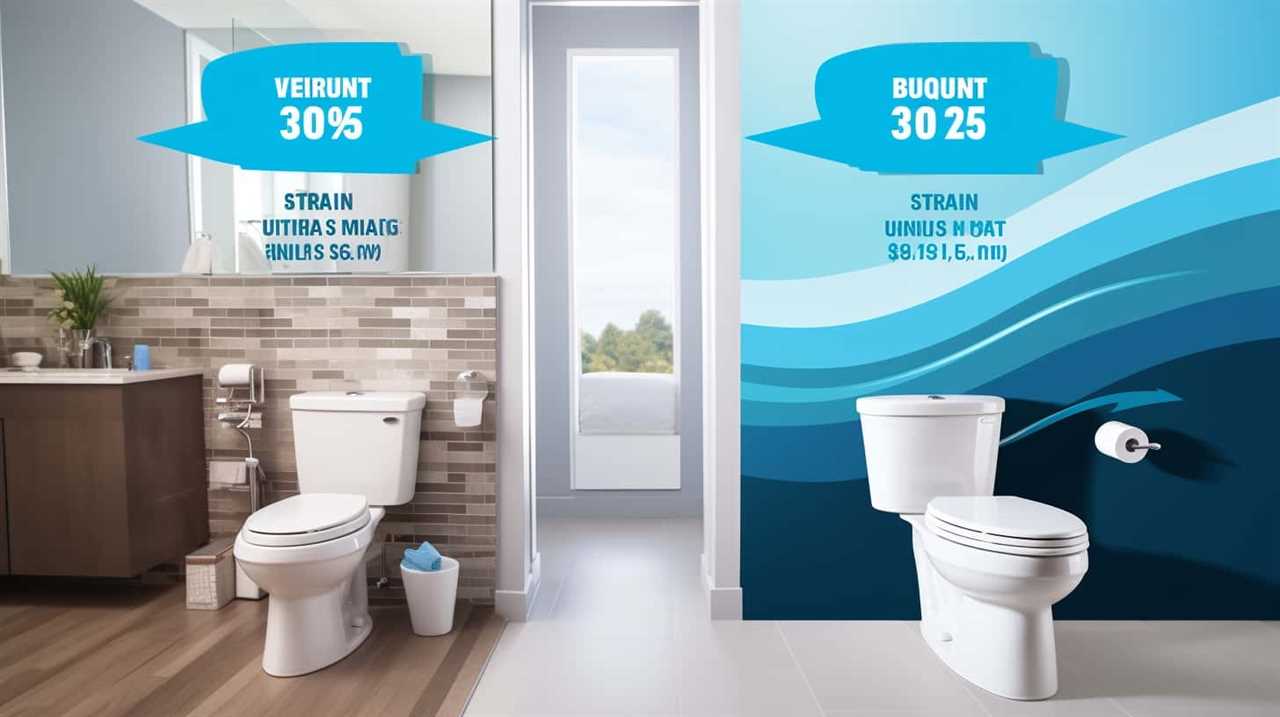
What Should I Do if the Toilet Continues to Run After Flushing?
If the toilet continues to run after flushing, check the water level in the tank and adjust the float mechanism if necessary. This can help prevent wasted water and maintain optimal toilet performance.
Can I Use Bleach to Clean My Toilet?
Using bleach to clean your toilet can be effective, but there are alternatives worth considering. Bleach can be harsh on the environment and potentially damage surfaces. Research safer options like vinegar or baking soda for a more eco-friendly approach.
How Often Should I Replace the Toilet Flapper?
Toilet flapper maintenance is crucial for a properly functioning toilet. Signs of a worn out toilet flapper include water leakage and inconsistent flushing. Regularly inspect and replace the flapper to ensure optimal performance.
Is It Possible to Unclog a Toilet Without Using a Plunger or Toilet Auger?
To unclog a toilet without a plunger or toilet auger, there are alternative methods available. One interesting statistic is that using a mixture of baking soda and vinegar can effectively break down clogs in 80% of cases.
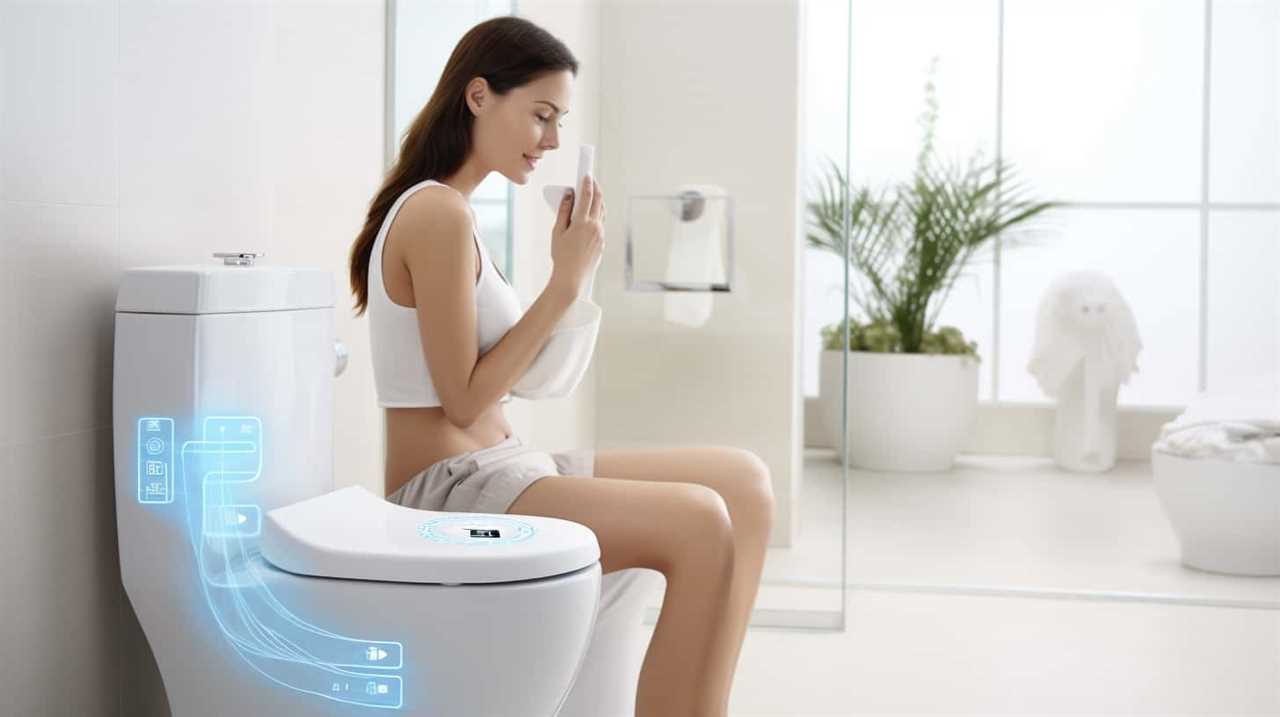
Conclusion
To ensure a smoothly functioning toilet, it’s essential to regularly check for clogs, adjust the water level, and keep the toilet bowl and jets clean.
If necessary, replacing the flapper or flush valve can also help improve flushing performance.
In case of a stubborn clog, using a plunger or toilet auger can effectively unclog the toilet.
Remember, like the gears of a well-oiled machine, a properly functioning toilet ensures a seamless and hassle-free experience.
